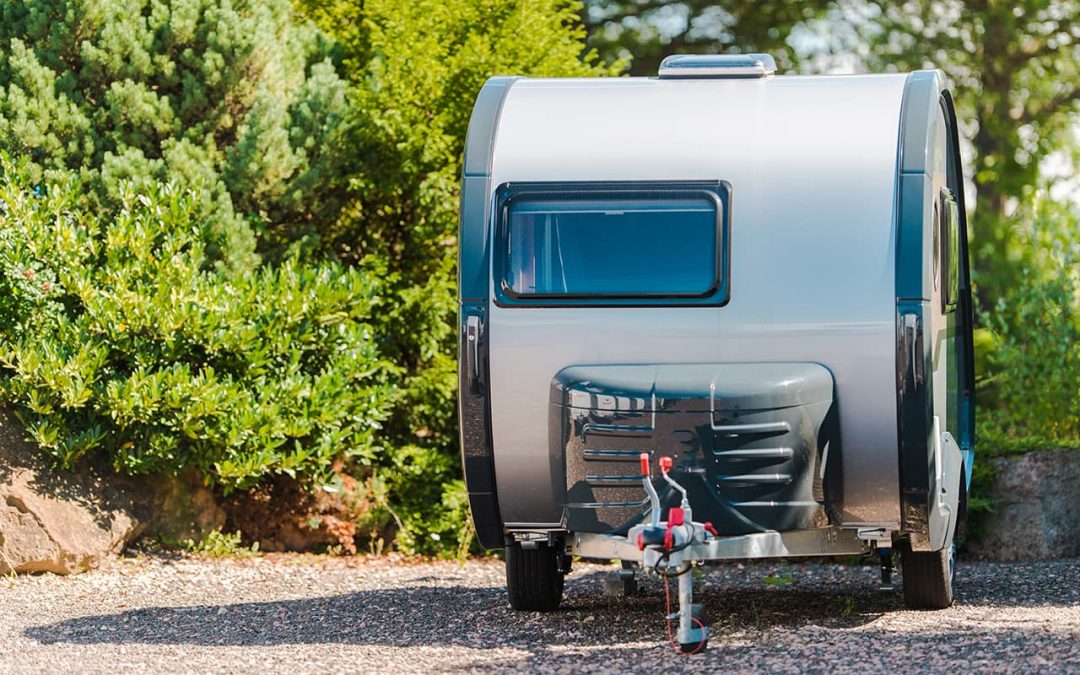According to RV lifestyle blog The Wandering RV, there are economists who believe that the recreational vehicle industry is an indicator of the economic health of the United States. When RV sales are high, wages and investments are strong. When RV sales decrease, it can be an indicator of a recession.
Here’s an example of the relationship. Just before the start of the Great Recession in 2007, RV industry sales dropped by 10 percent – even though economic growth indicators registered a 4 percent increase.
Regardless of the economy, here are some interesting trends developing in the industry overall.
Back to Basics
You’ll still see plenty of luxurious Class A motorhomes outfitted with every imaginable amenity – especially full-size kitchen appliances. The noticeable trend, however, is a growing array of smaller, simpler models – especially travel trailers.
Industry insiders say they are responding to the growing number of consumers who want the experience of a recreational vehicle, but not the expense and effort of maintenance. These consumers want quality, but they are willing to forego an exhaustive list of amenities that would make the RV or travel trailer a glamorous second home on wheels. As a result, manufacturers are increasing their offerings of new models that are less than 30 feet.
Millennials are big drivers of this trend, according to USA TODAY. They have a preference for smaller teardrop shaped travel trailers that don’t need to be pulled by beefed-up pickup trucks. These lightweight fiberglass travel trailers might not have a full refrigerator, but they do feature flat screen TVs and Wi-Fi, kept going by solar panels.
Nest by Airstream is getting a lot of attention. It’s a huge departure from the manufacturer’s aluminum-clad lineup. While Nest may be minimal, capable of being pulled by a midsize vehicle, it appeals to digital natives by offering control over things like interior lighting via your smartphone.
If you’ve got an Instagram account, check out #Vanlife. Class B campervans are extremely popular because they offer just enough amenities to turn camping into “glamping.”
Keeping Your RV Close to Home
A common obstacle for those who jump into the RV life revolves around storage. Where do you keep your RV or travel trailer when you’re not using it? If you want your RV protected during the winter, expect to pay from $100 to $450 monthly.
Storage costs can quickly add up, and it’s likely that you won’t be able to keep your RV or travel trailer nearby. It’s why a growing number of property owners are choosing an option that does away with a monthly rental payment and keeps things close to home. Check out our gallery of metal and steel RV and marine storage solutions shared with us by our customers.



